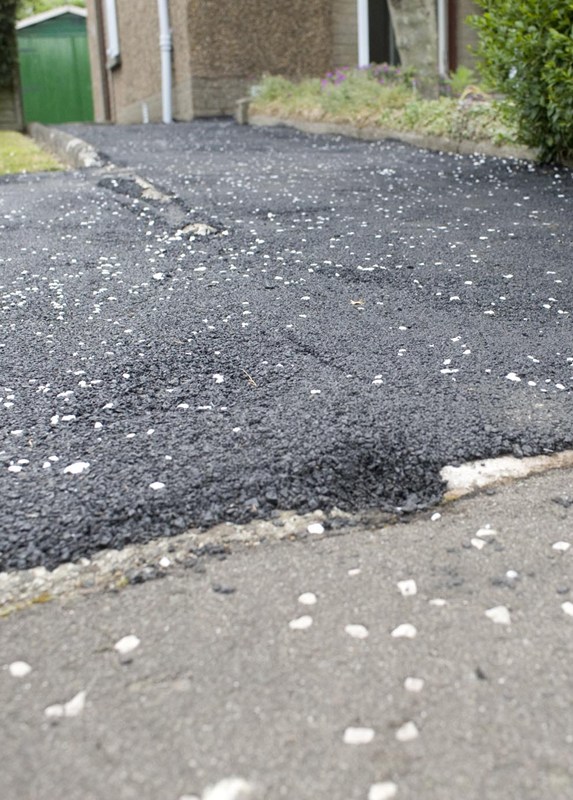People in Scotland who want to pave over their gardens or driveways could be made to lay porous materials to allow rainwater to drain away and lessen the risk of flooding.
Number of problemsJim MacKay, planning unit manager for the Scottish Environment Protection Agency, said, “SEPA welcomes moves to encourage house-holders to adopt the principles of source control by using porous surfaces for new or replacement hardstanding areas, such as driveways and patios.
“Sustainable drainage systems are intended to mimic natural drainage. When construction takes place, the natural hydrology is affected, and this has the potential to create a number of problems.
“If less rain can soak into the ground due to hardstanding surfaces, such as roads, roofs and paved surfaces, there is less rain reaching groundwater.
“This in turn means less supply to springs and the river network, resulting in lower flows and increased likelihood of drought during dry periods.
“If these areas are close to watercourses, or if rain is intercepted and run through smooth conduits and piped networks, the accelerated passage of flow can result in higher peak flows and flooding.
“Run-off can also collect and carry substances such as motor oil or fertilisers, which can result in water pollution.”
Dundee paving contractor Tom Kermack said most of the existing demand was for impermeable paving, but in his experience most driveways sloped back towards houses rather then on to roadways.
“This is quite common and we put in a drain or a soakaway to prevent surface water running into people’s garages,” he continued.
“I know there is legislation about impermeable surfaces in England, but not in Scotland and this is something we will have to watch.”
Under existing legislation, block paving does not normally need planning permission in Scotland because it is regarded as permitted development.
There are exceptions, however, and these are in a conservation area, within the grounds of a listed building, communal area outside a block of flats and where there is a specific condition in planning approval.
A spokesman for Dundee City Council said any inquiries about block paving as a result of the existing legislation have been resolved without the need for enforcement action.
There is already legislation in England making property owners apply for planning permission to lay impermeable driveways that allow uncontrolled run-off of rainwater from gardens onto roads.
This is because the run-off can cause flooding on roadsespecially if rows of neighbours all have impermeable paving laidand pollution of watercourses.
Permeable or porous paving or materials would allow rainwater to drain through to the ground and would lessen the flood risk.
Similar rules to England may be introduced in Scotland because of the growing problem of flooding and the increasing number of householders who want to pave over their gardens.
A Scottish Government spokesman said, “As part of a recent consultation we proposed that anyone laying a new hard-standing area between a house and road should use porous paving.
“This would lessen the likelihood of a substantial quantity of water running on to the roadway.
“This proposal reflects both SEPA and building standards guidance and follows concerns that the cumulative impact of small increases in hard surfaces can lead to increased water run-off into road drains, ultimately flowing into watercourses or sewage treatment works.
“The intention is to encourage householders to manage rainwater where it falls by adopting the principles of source control.
“This proposal was contained in a consultation on householder permitted development rights which recently closed, and we are currently considering the way forward.”
